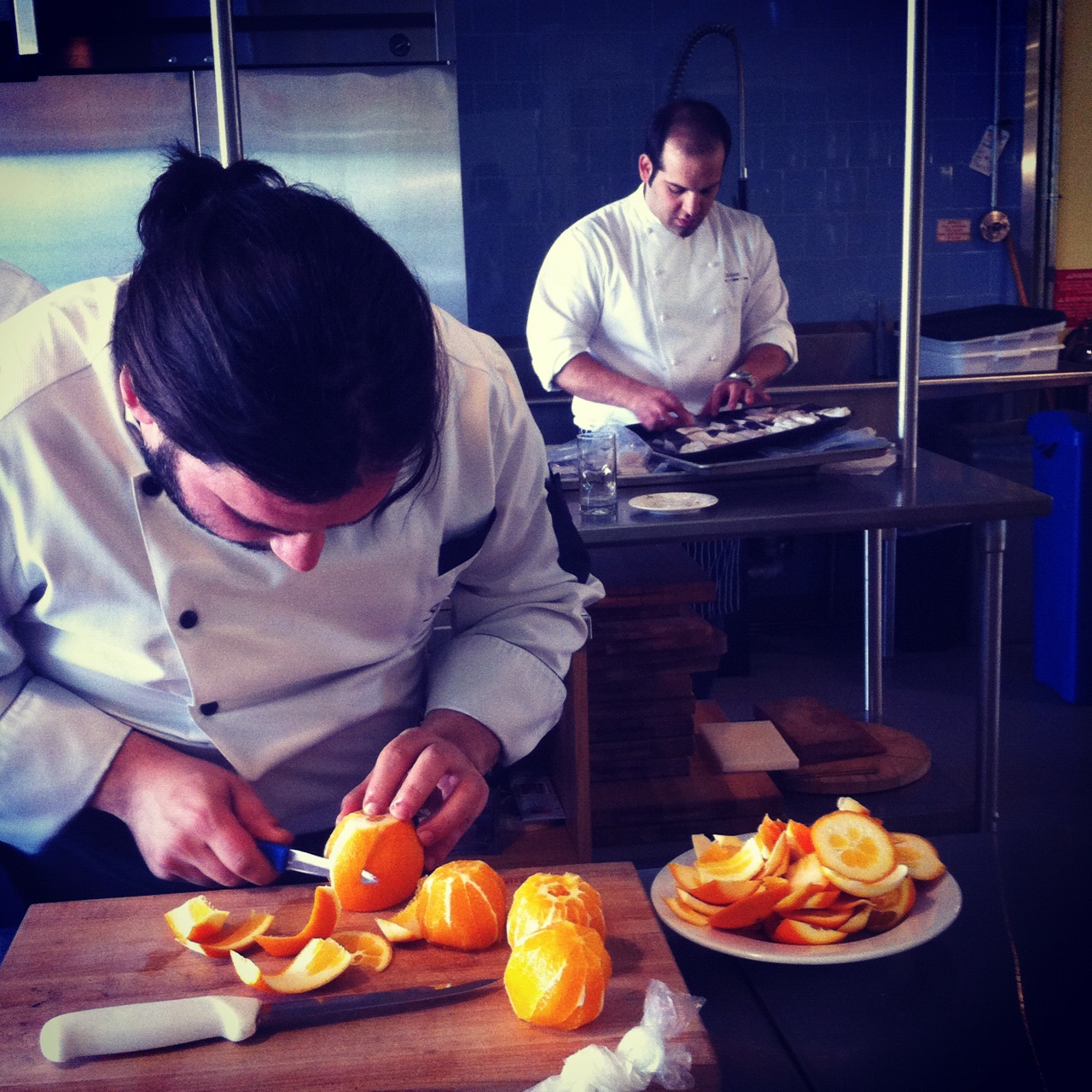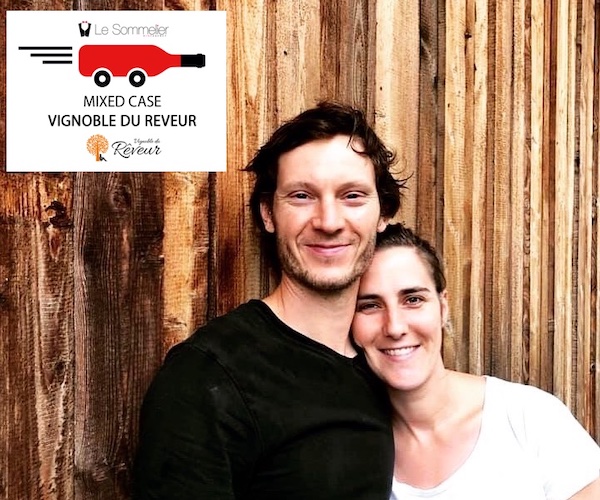by Sam Gundy
Here are six trends I predict will gain ground at craft butcher shops in 2012…
- European Style Butchery – This style of butchery generally isolates each muscle or “cut.” This is in contrast to the North American style of slicing across or through multiple muscles resulting in a “cut” of meat. The best example of this is the t-bone. In Europe a butcher would “seam” out or isolate tenderloin and the striploin while North Americans sometimes enjoy both with the “T” bone-in. Other examples of isolating a particular muscle and enjoying them independently are bavette, skirt, hanger, neck, top blade.
- Animal Gender – Some species of animals are better flavored, leaner/fattier or healthier for you then others depending on gender. Many customers are starting to ask not only for Natural or Organic chickens but also male in gender. Not only are male chickens leaner (which yields more meat) but they also have less naturally occurring hormones that can have negative effects on some people. Another example is in the pork world. Some of our customers find male Wild Boar tough and too gamey and prefer the milder, more tender female Wild Boar.
- Ducks – Most often you will find two types of ducks at your butcher, Muscovy or Pekin. However it is the Muscovy Ducks that you will find on the menu at the best restaurants. Pekin ducks cannot fly which creates a fattier, milder, whiter meat bird due to inactivity. Muscovy ducks can fly resulting in more of a truer duck taste. The ability to fly means that the muscles are used more often, resulting in leaner, darker meat that resembles a game bird. Be sure to inquire if your Muscovy duck has had access to a pond or lake, as Muscovy ducks like to fish resulting in a “fishy” tasting bird.
- Culturally Inspired Sausage – The sausage makers at our St Lawrence Market store, The Sausage King are inspired by the numerous types of cuisines brought to Toronto from around the world. This diversity is represented in the sausage display case with items such as a Kimchee Sausage (spicy, Korean pickled cabbage), a Ginger Beef Sausage and an Indian styled Butter Chicken Sausage.
- Post-Local Meats – Knowing what province, region or cooperative your meat comes from is so last year. People want hyper single-farm-sourced meats and the corresponding information. This is the “who, what, where, why and when” of each farm and the farmers philosophy of food.
- North/Eastern European Smoked & Cured Meats – French, Spanish and Italian charcuterie is still really popular. But we predict in 2012 that people will start asking for artisanal made Westphalian Ham, Chobai, Krakowski, Weisswurst and Kielbasa from North and Eastern Europe.
Sam Gundy is a proprietor of Olliffe, Purveyors of Fine Meats.









Sorry ,
did you mean Weisswurst??
Dear god I hope not. This sounds like a recipe to create even more pretentious and tiresome “foodies”. Get to know your butcher, make sure your meat is free from hormones and antibiotics. If it’s got all that and it tastes good too, then shut-up and eat. Or take advice from one of the five thieves and don’t forget your American Express. 🙂
Actually, this website is edited by pretentious and tiresome foodies who take advice from people who know what they’re talking about. – Malcolm
I don’t think anyone’s debating that point.
I love that I not only get to read about good food from GFT, but also learn too. Awesomeness!
Of course that’s GFR.
I must be pretentious and tiresome — I find this so interesting!
Being Hungarian, I do object to the spelling of chobai sausage. It is csabai.